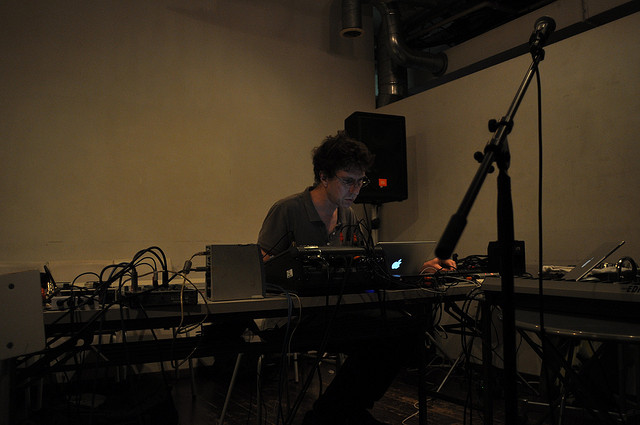Christophe Charles
01—05.11.2013

Christophe Charles composes music from various materials, especially sounds originating from field recordings, which extend over a long period of time and are thus articulated through space rather than time, refering to the concept of “Sculpture musicale” by Marcel Duchamp. In 2012 he visited Bogong and was astonished by the richness and the beauty of its soundscape. Sonic works using the Bogong recordings were presented in Melbourne immediately after the stay at BCSC, and during other exhibitions in 2013 including “Telofossiles” (a 6 channel sound installation at Taipei MOCA for a video work by Gregory Chatonsky), and a 16-channel piece for the “Sound Bites City” exhibition at RMIT Gallery. Further works will be experienced on site at Bogong in Lake Guy, designed to emphasize the range of environmental sounds occurring in real time.
Projects:
- Yellow Mountain
Sounds: